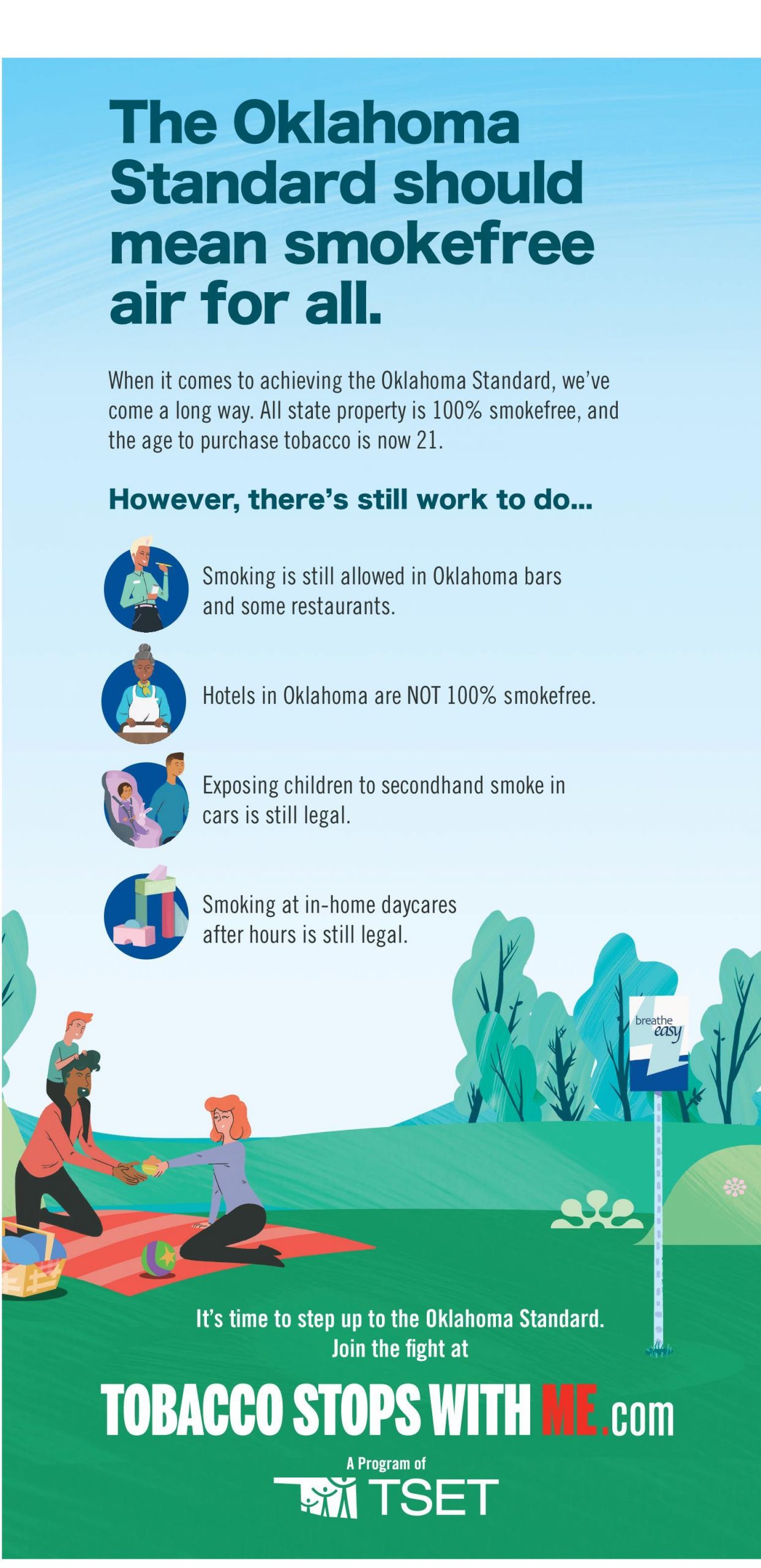OKLAHOMA CITY, OK — Key to Home partners were up early Thursday morning, conducting the city’s annual Point in Time count. This survey, which tracks both sheltered and unsheltered individuals experiencing homelessness, aims to capture a snapshot of the crisis on a single day each year.
Erin Goodin, CEO and President of the OKC City Rescue Mission, explained the significance of the count. “Point in Time counts really kind of determine what we’re going to do over the next year and what strategies we’re going to implement,” Goodin said.
At a press conference Thursday, Key to Home partners revealed that the leading causes of homelessness in Oklahoma City are multifaceted. Experts identified failed relationships as the primary factor, followed by a lack of affordable housing, job loss, and medical expenses. These factors have contributed to a significant rise in homelessness over the past year.
The 2024 Point in Time count recorded 1,838 individuals experiencing homelessness on the streets of Oklahoma City—a 28 percent increase from 2023. Jamie Caves, the Strategy Implementation Manager for the Key to Home Partnership, expressed concern over the rising numbers. “It’s likely that numbers will continue to increase for several years until we’re able to really increase the affordable housing stock,” she said. “We hope to slow down the increase so that it’s not jumping at the same kind of pace that it was last year.”
Despite the troubling increase in homelessness, Caves pointed to some positive developments. The city’s housing efforts have been more successful than in previous years. “We are housing at a greater rate than we have in the past,” she said. However, Caves emphasized that the inflow of individuals entering the system is outpacing the growth of available housing and services.
“We are seeing more people come into the system, and that inflow is outpacing the growth of services and housing options,” Caves noted.
There is some optimism, though. Caves added that declines could be seen in certain subpopulations experiencing homelessness in 2024, offering hope that targeted interventions may lead to improvements for specific groups.
As Oklahoma City grapples with the challenge of addressing homelessness, the Key to Home partnership is focusing on long-term solutions, particularly increasing the availability of affordable housing. While progress has been made, advocates stress that more is needed to address the growing crisis in the coming years.




